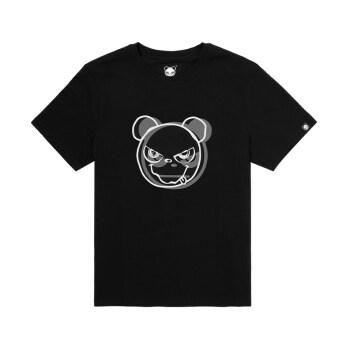The weaving process is a key link in the fabric manufacturing process. Different weaving processes will have different effects on the quality of the fabric. The following will discuss the impact of several common weaving processes on fabric quality:
1. Fiber distribution uniformity:
Weaving The uniformity of fiber distribution during the process directly affects the quality of the fabric. Different weaving processes have different fiber distribution patterns. For example, the plain weave process allows fibers to interweave together, creating a solid fabric structure that increases the strength and durability of the fabric. In contrast, the satin weave process has a smooth mercerized effect, but because there are fewer interweaving methods, the fabric may be thinner or prone to wear and tear.
2. Fabric feel:
The weaving process has a great influence on the feel of the fabric. For example, the plain weave process provides a flat, soft fabric surface that is comfortable to the touch. The jacquard weaving process can create various patterns and textures, giving people a smooth and delicate feel. In addition, there are some special weaving techniques, such as embroidery, intarsia, etc., which can give the fabric a unique feel.
3. Breathability and hygroscopicity:
The weaving process also affects the breathability and hygroscopicity of the fabric. For example, when using plain weaving technology, the air permeability of the fabric will be relatively low due to the tight interweaving of fibers; while using simple jacquard, air layer weaving and other processes, the gaps in the fabric can be increased to improve air permeability and moisture absorption.
4. Strength and durability:
The weaving process also has a significant impact on the strength and durability of the fabric. Certain processes can make the yarns more tightly intertwined, making the fabric stronger and more resistant to wear and tear. In addition, different fiber materials will also affect the strength of the fabric. For example, cotton fabrics usually have better tensile strength, while silk fabrics are relatively fragile.
5. Color fastness:
The weaving process will also affect the color fastness of the fabric. Some special weaving processes, such as printing or dyeing processes, require the selection of appropriate dyes and processing methods to ensure that the fabrics are bright, durable and not easy to fade.
In summary, the impact of weaving technology on fabric quality is multifaceted. It involves aspects such as the uniformity of fiber distribution, fabric feel, breathability and moisture absorption, strength and durability, and color fastness. When choosing fabrics, we should consider the impact of the weaving process based on specific needs and use environment, and choose the appropriate fabric to meet our needs.









